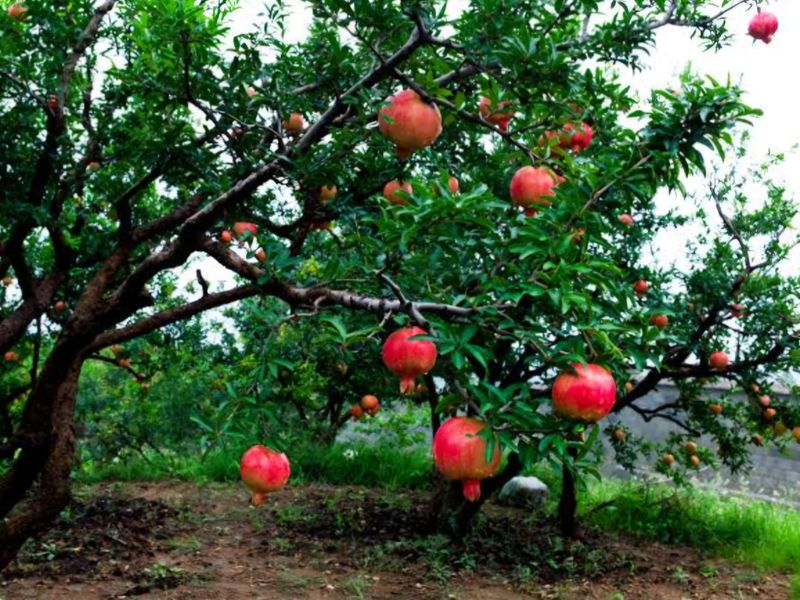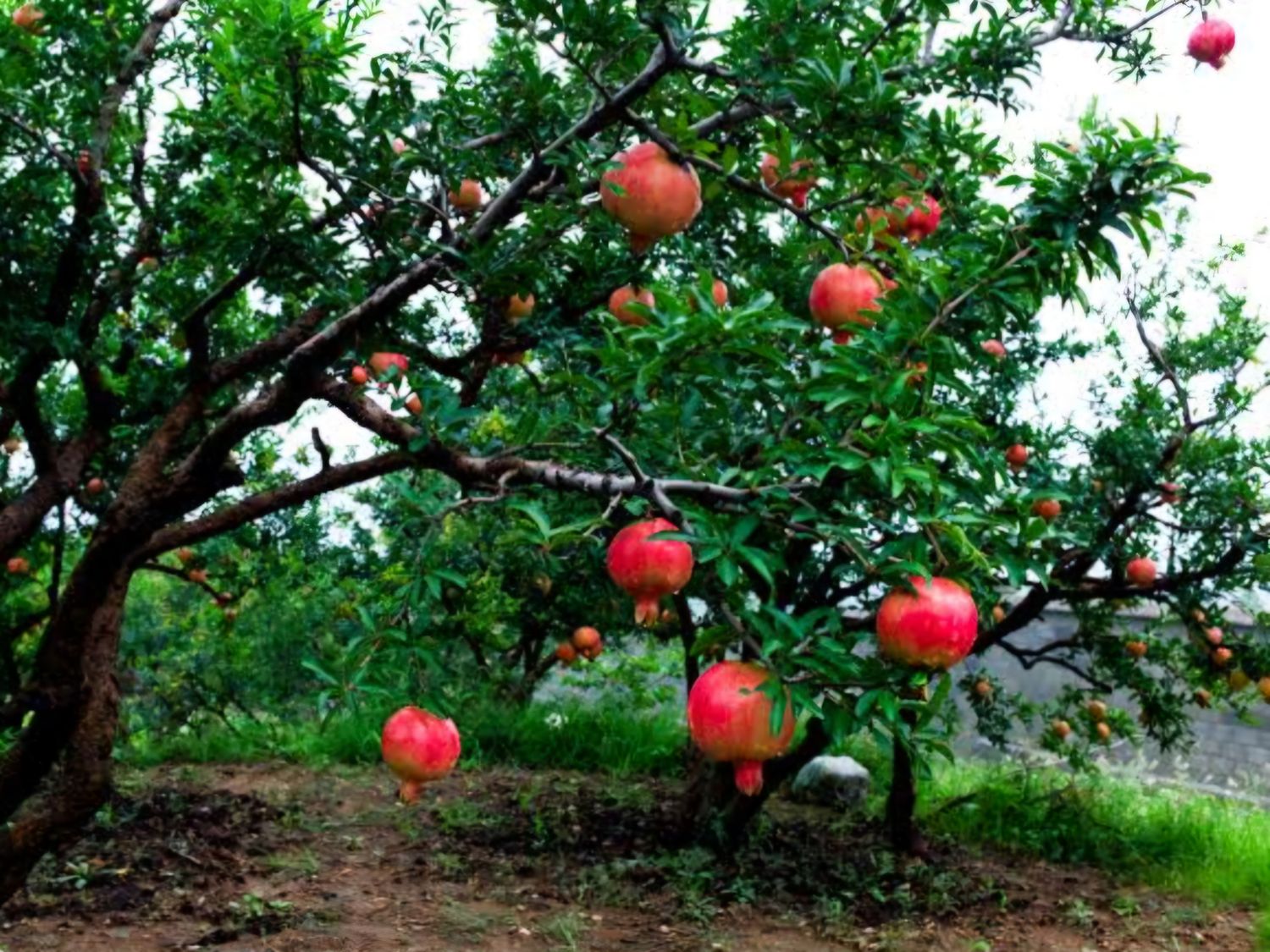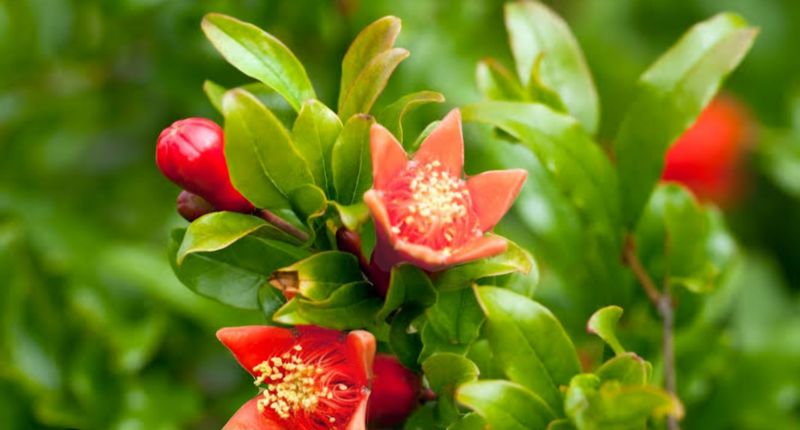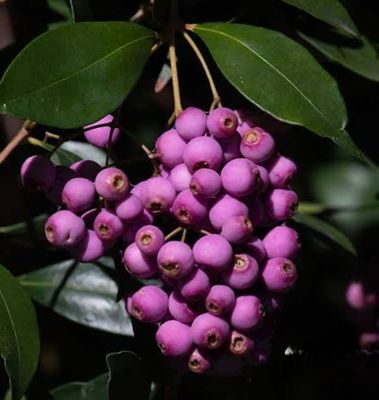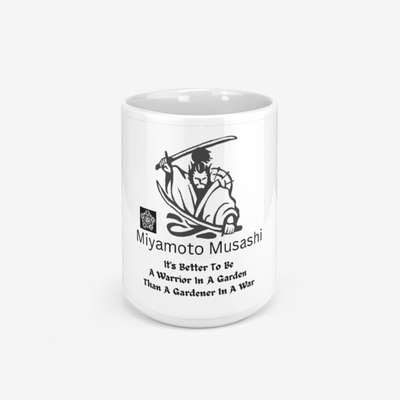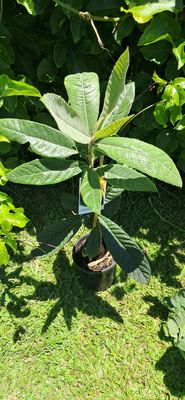🌿 Free Shipping On Orders Over $170! New Customers Use Code:WILDGARDEN For %10 Off 🌿 Afterpay Is Available.
Pomegranate Seedling Organic - 700ML Pot
In stock: 24 available
1
AU$22.99
4 payments of AU$5.75 with
Learn moreProduct Details
Brand: WildGardenOrganics
700ML Tall Square Pot
The pomegranate (Punica granatum) is a fruit-bearing shrub or small tree native to the region stretching from modern-day Iran to northern India. It has been cultivated for thousands of years and is now grown in many parts of the world with warm climates.
Pomegranate Fruit:
Size and Shape: The fruit is typically round, about 3 to 5 inches in diameter, with a leathery, reddish-pink to deep red skin. Some varieties can be orange or yellow.
Skin: The skin is thick, tough, and smooth.
Seeds (Arils): The interior is filled with many edible seeds, also known as arils, which are surrounded by juicy, tangy pulp. The arils range in color from translucent pink to deep ruby red. These seeds are the edible part and are packed with antioxidants, vitamins, and minerals.
Taste: The flavor is sweet to tart, depending on the variety, with a refreshing, juicy burst when the arils are bitten into.
Pomegranate Tree:
Size and Shape: The pomegranate tree or shrub can grow up to 10-12 feet tall (or more when pruned). It has a dense, bushy appearance with thick, branched stems.
Leaves: The leaves are narrow, glossy, and lance-shaped, often dark green, which can turn yellow in the fall.
Flowers: The tree produces bright orange-red flowers in late spring to early summer. The flowers have five petals and are quite ornamental.
Bark: The bark of the pomegranate tree is smooth and grayish-brown, with age developing into a somewhat rough texture.
Growth Habits: Pomegranates prefer sunny, well-drained soil with medium watering.
Pomegranates are prized for both their culinary uses (in juices, salads, or eaten fresh) and their health benefits due to their high antioxidant content. The trees are hardy and can live for several decades, producing fruit annually.
Save this product for later
Pomegranate Seedling Organic - 700ML Pot
You May Also Like
Display prices in:AUD
